To sell cat litter you need indoor cats, preferably a cold rainy climate and consumers willing to spend money on odour control in their homes. The US/Canadian market is the biggest, followed by Europe. However, within these markets you can see significant differences. For climate reasons the market in north-west Europe is much bigger than in the sunny south and bigger in New York than in Florida.To give you an idea, the Ger-man market accounts for about 435 000 tons or 38 kg per cat per year, whereas in Spain the usage per cat will be approx. 24 kg.
We also have to put the average of 16 kg per cat per year into perspective. An average litter tray contains around 5 kg of cat litter. The question arises of whether one fill will last for 4 months? This will be quite smelly! In this case mathematics means nothing. Many cats have never seen a litter tray in their entire life - they simply go outside in the garden. Probably half the number of cats has the choice of staying inside or going outside to the toilet, whereas a relatively small minority will be true indoor cats. This last group of heavy users will need approx. 10 kg every 2 weeks.
Basic trends
Overall the cat litter market is a mature market with an average annual growth rate of around 2 per cent in western markets. The growth in the emerging markets will be a lot higher with percentages up to 10 per cent, but with heavy volatility.Clumping cat litter is going up at the expense of non-clumping. In the case of clumping material, when the cat does what it has to do, a clump will be formed due to the swelling and sticking of the clay particles. These clumps will lock in the odour and can be scooped out. After scooping, the litter tray is clean again and has to be filled up to the original…

 Menü
Menü

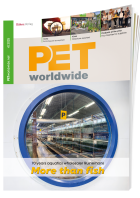






 1/2017
1/2017


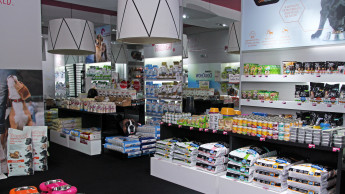
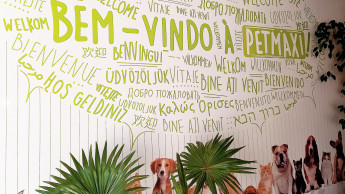
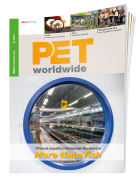

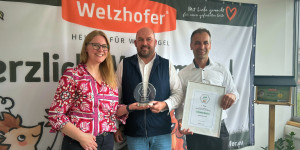


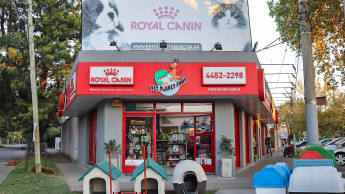
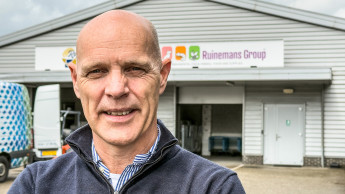
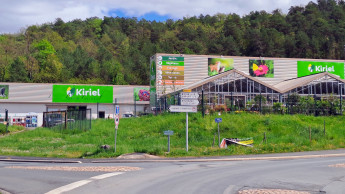
 Newsletter
Newsletter